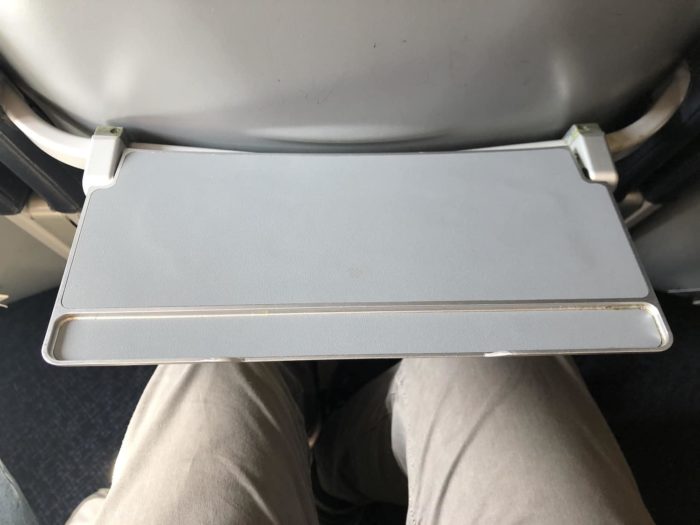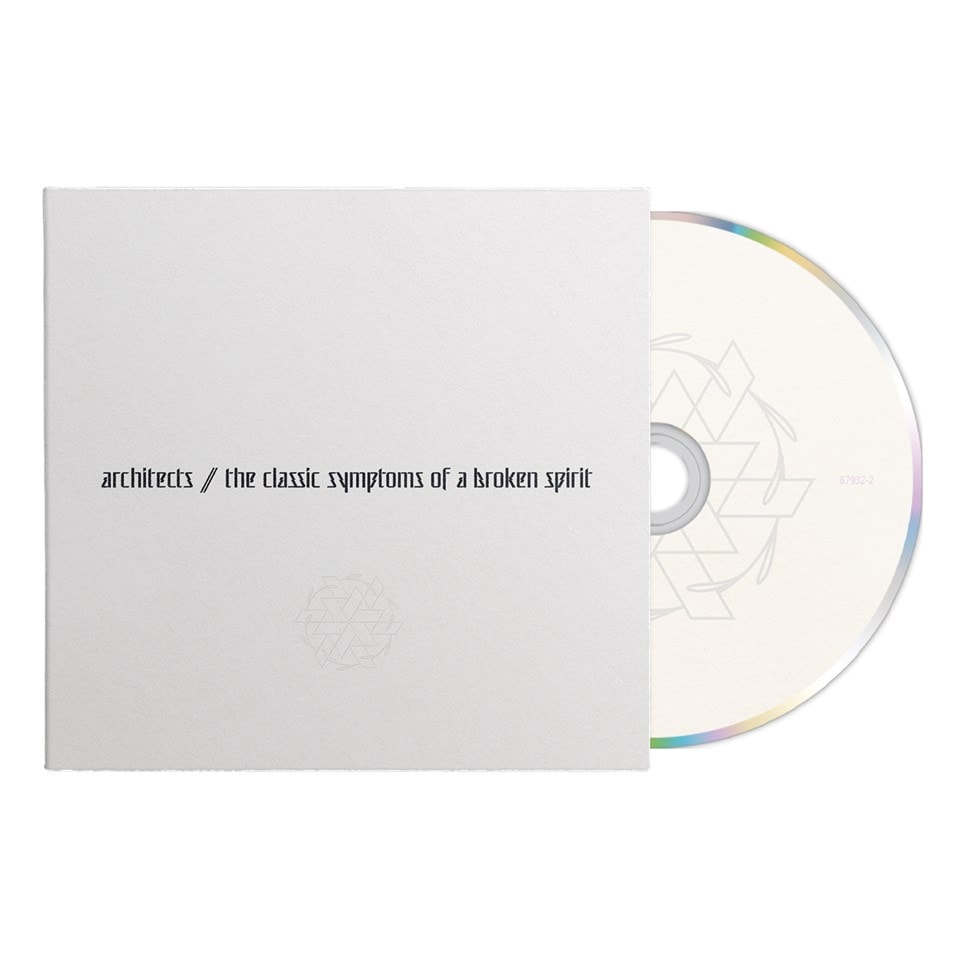

- TRAFFIC SPIRIT CRACKED CRACKED
- TRAFFIC SPIRIT CRACKED DRIVERS
- TRAFFIC SPIRIT CRACKED DRIVER
- TRAFFIC SPIRIT CRACKED REGISTRATION
- TRAFFIC SPIRIT CRACKED TRIAL
Respondent provided Officer Meyer with a registration certificate and proof of insurance, but stated that he had no driver's license. Officer McNamee went directly to respondent's vehicle. Respondent then emerged from his car and approached Officer Meyer. Respondent followed the officers' ensuing directive to pull over.
TRAFFIC SPIRIT CRACKED CRACKED
Both driving with a cracked windshield and speeding are traffic violations under New York law. On the afternoon of May 11, 1981, New York City police officers Lawrence Meyer and William McNamee observed respondentīenigno Class driving above the speed limit in a car with a cracked windshield. We hold that, in these circumstances, the police officer's action does not violate the Fourth Amendment.
TRAFFIC SPIRIT CRACKED DRIVER
In this case, we must decide whether, in order to observe a Vehicle Identification Number (VIN) generally visible from outside an automobile, a police officer may reach into the passenger compartment of a vehicle to move papers obscuring the VIN after its driver has been stopped for a traffic violation and has exited the car.

JUSTICE O'CONNOR delivered the opinion of the Court. 131.ĬERTIORARI TO THE COURT OF APPEALS OF NEW YORK WHITE, J., filed a dissenting opinion, in which STEVENS, J., joined, post, p. BRENNAN, J., filed an opinion concurring in part and dissenting in part, in which MARSHALL and STEVENS, JJ., joined, post, p. POWELL, J., filed a concurring opinion, in which BURGER, C.J., joined, post, p. O'CONNOR, J., delivered the opinion of the Court, in which BURGER, C.J., and BLACKMUN, POWELL, and REHNQUIST, JJ., joined, and in Part II of which BRENNAN, MARSHALL, and STEVENS, JJ., joined. (b) The officer's search was sufficiently unintrusive to be constitutionally permissible in light of respondent's lack of a reasonable expectation of privacy in the VIN, the fact that the officers observed respondent commit two traffic violations, and concerns for the officers' safety. The placement of the papers obscuring the VIN was insufficient to create a privacy interest in the VIN. (a) Because of the important role played by the VIN in the pervasive governmental regulation of automobiles and the efforts by the Federal Government through regulations to assure that the VIN is placed in plain view, respondent had no reasonable expectation of privacy in the The police officer's action in searching respondent's car did not violate the Fourth Amendment.
TRAFFIC SPIRIT CRACKED DRIVERS
Moreover, in determining that the search in question was prohibited, the court looked to the Federal Constitution, and not to a state statute that authorizes officers to demand that drivers reveal their VIN, merely holding that that statute provided no justification for a search. The Court of Appeals' opinion, which mentions the New York Constitution only once and then in direct conjunction with the Federal Constitution, and which makes use of both federal and New York cases in its analysis, lacks the requisite "plain statement" that it rests on state grounds. The New York Court of Appeals' decision did not rest on an adequate and independent state ground, so as to deprive this Court of jurisdiction. The Appellate Division of the New York Supreme Court upheld the conviction, but the New York Court of Appeals reversed, holding that, in the absence of any justification for the search of respondent's car besides the traffic violations, the search was prohibited and the gun must accordingly be excluded from evidence.ġ.
TRAFFIC SPIRIT CRACKED TRIAL
After the state trial court denied a motion to suppress the gun as evidence, respondent was convicted of criminal possession of a weapon.

In doing so, the officer saw the handle of a gun protruding from underneath the driver's seat and seized the gun. When the officer did not find the VIN on the doorjamb, he reached into the car's interior to move some papers obscuring the area of the dashboard where the VIN is located on later model automobiles. The other officer opened the car door to look for the Vehicle Identification Number (VIN), which is located on the left doorjamb in pre-1969 automobiles. He then emerged from the car and approached one of the officers. When two New York City police officers observed respondent driving above the speed limit in a car with a cracked windshield, both traffic violations under New York law, they stopped him.


 0 kommentar(er)
0 kommentar(er)
